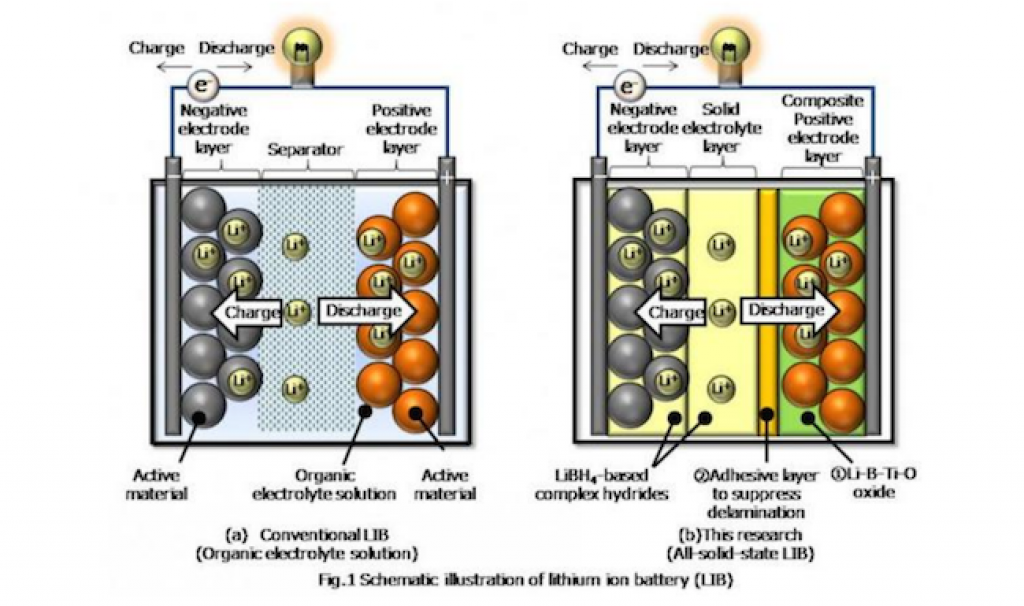

LiNi 0.6Mn 0.2Co 0.2O 2 was selected for cathode materials in this research. In this research, we focused on the gas releasing behaviour of all-solid-state batteries. However, the gas releasing behaviour of positive electrode mixture in all-solid-state batteries are still not well recognised. These exothermic surface reactions are important not only for cell swelling in the long-term usage, but also for cell combustion. Previously, much work has demonstrated that O 2 and CO 2 gases are released from the positive electrode material within the lithium-ion cell. Not only for solid decomposition product, but also gaseous decomposition product can be generated from the interface between cathode materials and SE. This research reports actual solid decomposition product formed by active material and solid electrolyte such as PO x or (S 2) 2- compound. To understand the decomposition in actual cell, layered oxide cathode/argyrodite composite were analysed by in situ Raman microscopy, X-ray photoelectron spectroscopy and Time-of-flight secondary ion mass spectrometry. However, this proposed reaction is bulk electrochemical decomposition of argyrodite. Li 6PS 5Cl → Li 4PS 5Cl + 2Li + + 2e → Li 3PS 4 + S x + LiCl → P 2S x + S x + LiCl + 3Li + + 3e (1) In case of Li 6PS 5Cl argyrodite, their electrochemical decomposition was proposed as following reaction. One challenge is their chemical/electrochemical stability. However, for the development of all-solid-state batteries, still many problems exist toward commercialisation. Switching from organic liquid electrolyte to solid electrolyte (SE) ensures, not only the high energy density (Wh/L), but also an intrinsic improvement to safety from the removal of flammable solvent in the liquid electrolyte. The demand for high-performance batteries for electrical vehicles (EV) and large-scale energy storage systems have accelerated the development of all-solid-state batteries.


 0 kommentar(er)
0 kommentar(er)
